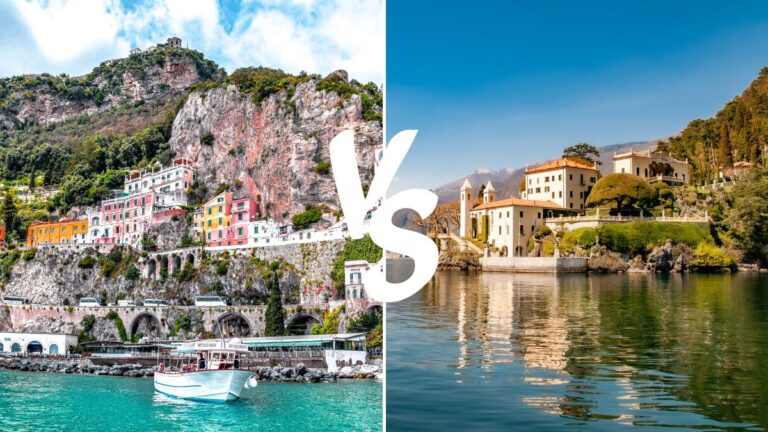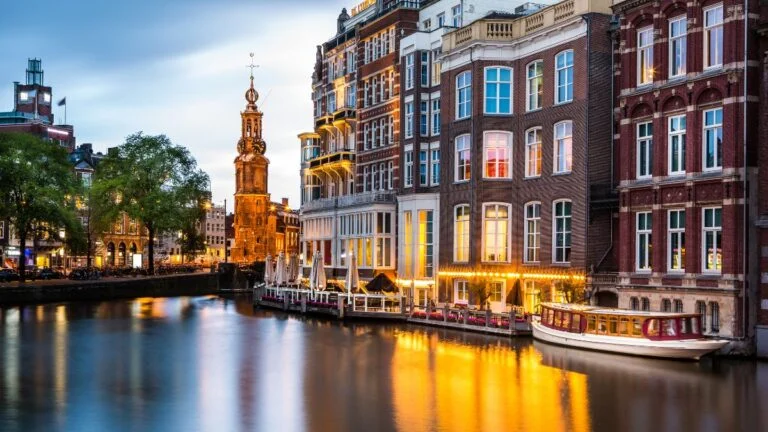10 Unique Places You Need to Visit in Rome

As participants in Amazon Associates and other programs, we earn from qualifying purchases. This comes at no additional cost to you. For more details, see our Affiliate Disclosure.
Rome, a city steeped in history, art, and culture, offers a canvas of architectural masterpieces and hidden gems waiting to be discovered. While the Colosseum and Vatican are well-trodden by tourists, the city also harbors lesser-known spots that offer a glimpse into its soul. This guide highlights ten unique places in Rome where history resonates through ancient ruins, secluded gardens, and remarkable buildings, giving you a deeper understanding of this timeless city.
The Appian Way
The Appian Way, one of the oldest roads in Rome, stretches from the city into the distant countryside, lined with ancient monuments, catacombs, and crumbling ruins. Walking along this historic route not only allows you to step back in time but also offers a tranquil escape from the bustling city center, with its green pathways offering peaceful views steeped in history.
Ostia Antica
Ostia Antica is a sprawling archaeological site near the modern suburb of Ostia. Once ancient Rome’s bustling seaport, the ruins offer a rare glimpse into daily life in antiquity with remarkably well-preserved structures such as amphitheaters, baths, and mosaics. It’s a quieter alternative to Pompeii and provides a profound sense of the past’s presence.
Capuchin Crypt
The Capuchin Crypt is a small space comprising several tiny chapels beneath the church of Santa Maria della Concezione dei Cappuccini. The crypt is decorated with the bones of over 4,000 Capuchin monks, arranged into macabre displays that both fascinate and remind visitors of the fleeting nature of life. This eerie yet artistic display challenges visitors to reflect on mortality in a profound way.
Palazzo Colonna
Palazzo Colonna is one of the grandest private palaces in Rome, open to the public only on Saturday mornings to showcase its garden, apartments, and the grand Galleria Colonna. The gallery houses a vast collection of art, including works by leading Italian artists, set among lavish decorations that narrate the family’s power and influence throughout history.
Villa Doria Pamphili
Villa Doria Pamphili is the largest landscaped public park in Rome, where locals go to jog, picnic, and escape the city’s chaos. The park surrounds a 17th-century villa and features expansive manicured gardens, picturesque lakes, and historic statues, providing a peaceful backdrop for a leisurely day out.
Baths of Caracalla
The Baths of Caracalla are among the largest and best-preserved ancient thermal complexes in the world. Visitors can explore the extensive ruins of public baths that once included not only pools but also libraries, shops, and gardens, offering insight into the social and cultural life of Roman citizens.
Aventine Keyhole
The Aventine Keyhole offers one of Rome’s most delightful surprises. Through a nondescript keyhole on a door at the Priory of the Knights of Malta, viewers can peek at a perfectly framed view of St. Peter’s Basilica across town. This hidden gem encapsulates the charm of Rome—unexpected beauty waiting to be discovered in the most unlikely places.
San Clemente Basilica
San Clemente Basilica is a unique historical and religious site in Rome, known for its three-tiered complex of buildings. Visitors can start at the 12th-century basilica, go down to a 4th-century church, and then to ancient Roman buildings and a Mithraic temple. This layering of history offers a tangible sense of the city’s long and layered past.
Centrale Montemartini
Centrale Montemartini, a former power plant, now serves as a striking example of industrial architecture repurposed to display classical statues and artifacts. The contrast between the sleek machinery and ancient Roman sculptures creates a fascinating backdrop that highlights innovation in art and engineering.
Quartiere Coppedè
Quartiere Coppedè is not a single building but a fairy-tale neighborhood that stands out for its eclectic architectural style, blending Art Nouveau, ancient Greek, Baroque, and medieval influences. This small and often overlooked district offers a dream-like walk through diverse architectural styles, adorned with ornate decorations, fountains, and mosaic art.





